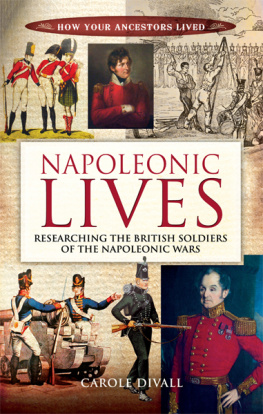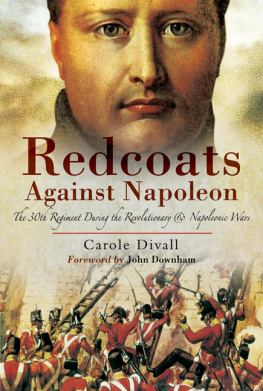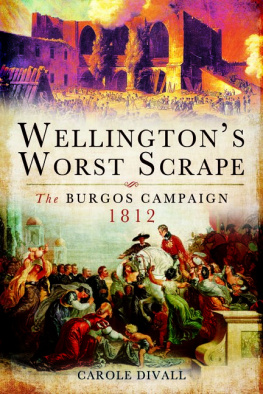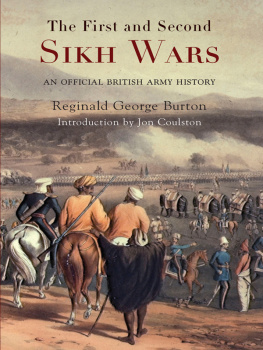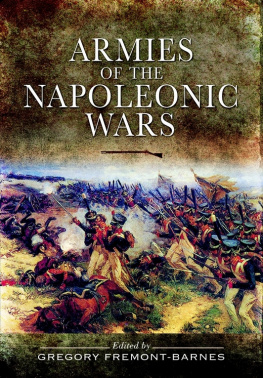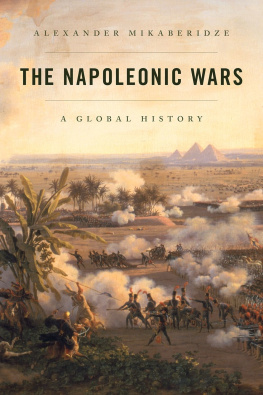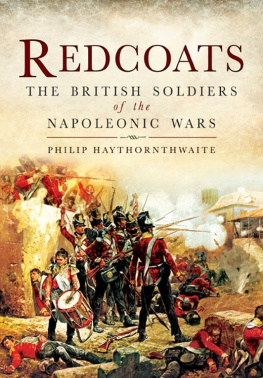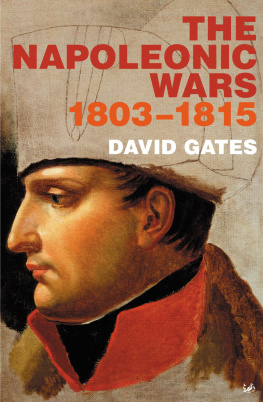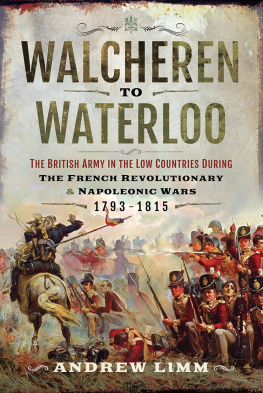
FAMILY HISTORY FROM PEN & SWORD
Tracing Your Yorkshire Ancestors
Rachel Bellerby
The Great War Handbook
Geoff Bridger
Tracing Your Royal Marine Ancestors
Richard Brooks and Matthew Little
Tracing Your Pauper Ancestors
Robert Burlison
Tracing Your East End Ancestors
Jane Cox
Tracing Your Labour Movement Ancestors
Mark Crail
Tracing Your Ancestors
Simon Fowler
Tracing Your Army Ancestors
Simon Fowler
A Guide to Military History on the Internet
Simon Fowler
Tracing Your Northern Ancestors
Keith Gregson
Your Irish Ancestors
Ian Maxwell
Tracing Your Northern Irish Ancestors
Ian Maxwell
Tracing Your Northern Irish Ancestors
Ian Maxwell
Tracing Your Scottish Ancestors
Ian Maxwell
Tracing Your London Ancestors
Jonathan Oates
Tracing Family History on the Internet
Christopher Patton
Great War Lives
Paul Reed
Tracing Your Air Force Ancestors
Phil Tomaselli
Tracing Your Secret Service Ancestors
Phil Tomaselli
Tracing Your Criminal Ancestors
Stephen Wade
Tracing Your Legal Ancestors
Stephen Wade
Tracing Your Police Ancestors
Stephen Wade
Tracing Your Jewish Ancestors
Rosemary Wenzerul
Fishing and Fishermen
Martin Wilcox

First published in Great Britain in 2012 by
PEN & SWORD FAMILY HISTORY
An imprint of
Pen & Sword Books Ltd
47 Church Street
Barnsley
South Yorkshire
S70 2AS
Copyright Carole Divall, 2012
ISBN 978-1-84884-574-9
eISBN 9781781597538
The right of Carole Divall to be identified as the author of this work has been asserted by her in accordance with the Copyright, Designs and Patents Act 1988.
A CIP catalogue record for this book is available from the British Library.
All rights reserved. No part of this book may be reproduced or transmitted in any form or by any means, electronic or mechanical including photocopying, recording or by any information storage and retrieval system, without permission from the Publisher in writing.
Pen & Sword Books Ltd incorporates the imprints of
Pen & Sword Aviation, Pen & Sword Family History, Pen & Sword Maritime, Pen & Sword Military, Pen & Sword Discovery, Wharncliffe Local History, Wharncliffe True Crime, Wharncliffe Transport, Pen & Sword Select, Pen & Sword Military Classics, Leo Cooper, The Praetorian Press, Remember When, Seaforth Publishing and Frontline Publishing.
For a complete list of Pen & Sword titles please contact
PEN & SWORD BOOKS LIMITED
47 Church Street, Barnsley, South Yorkshire, S70 2AS, England
E-mail: enquiries@pen-and-sword.co.uk
Website: www.pen-and-sword.co.uk
CONTENTS
ACKNOWLEDGEMENTS
E xploring the lives of a group of men and women, disparate in every respect except for their shared involvement in the Revolutionary and Napoleonic Wars, has been a fascinating and challenging experience. My first thanks, therefore, belong to Rupert Harding. Not only did he suggest that I should write this book, he has also offered unfailing encouragement throughout its composition. Similarly, I also owe thanks to Simon Fowler whose expertise in the field of family research has proved invaluable.
Inevitably, anyone who engages in historical research, of whatever kind, will find themselves needing to consult the collections of documents and other material held by archives and museums. I have been fortunate in the help I have received over a period of time from the staff of The National Archives and the National Army Museum, while a single visit to Lowestoft Museum provided me with a wealth of material. Even where an institution has been consulted by telephone or email, the response has always been generous of time and effort. Thanks are particularly due to the staff of St Georges Chapel Archives, Windsor for information on the Military Knights and to the Somerset Family History Society, who provided information on William Wheeler.
I have also received help from individuals who have been prepared to give up their time on my behalf. Julian Fanes knowledge of his family, willingly shared, made writing about the Fanes of Fulbeck particularly rewarding. John Macdonald freely shared the information in his possession relevant to Thomas Walker Chambers. Stella Child, on behalf of the Bexhill Hanoverian Study Group, patiently answered every query I sent her. Lieutenant-Colonel John Downham has been unfailing in his support since I first started my researches into the 30th Foot and he was able yet again to give me those captivating snippets which bring history to life, particularly as both the 30th and 59th regiments were constituent units of the Queens Lancashire Regiment, now amalgamated into the Duke of Lancasters Regiment. Janet and David Bromley have spent years compiling their register of memorials of the period. Consequently, they were able to explain to me why Andrew Hartley became a knight of Windsor.
Sometimes people provide valuable information without realising it. Patrick Mercer and Ian Fletcher may well have wondered why I listened so intently to their lectures on the artillery and cavalry respectively. They will find the answer in this book.
Help can also arrive unexpectedly. An Australian internet contact, Shirley Sweetland Skinner, was kind enough to search for Samuel Lickler in the Australian records when my own searches had proved fruitless.
Accessing appropriate illustrations is crucial to a book of this kind, and my thanks go to Emily Lefley of the Image Library at the National Army Museum for her efforts on my behalf. I also owe a debt of gratitude to Philip Haythornthwaite who, once again, has generously made available his own collections of pictures, and to Mick Crumplin, who has done likewise. Some images have proved particularly difficult to find in the public domain, so I cannot omit making reference to the generosity of Messrs Storeys Ltd (www.storeysltd.co.uk), who freely made some of their prints available.
Finally, I am, as always, indebted to my husband who has produced the maps for this book and has photographed much of the original material that is reproduced here, as well as undertaking some of the trawling through the records on our joint visits to The National Archives.
INTRODUCTION
The Revolutionary and Napoleonic Wars 17921815
O n 28 April 1792 a French army, nearly 20,000 strong and under the command of Marshal Rochambeau, crossed the border into the Austrian Netherlands (modern Belgium). Its objective was simple: to export revolution. Although France was officially still a monarchy, the extremists were merely biding their time and the country would soon sink into the chaos of the Reign of Terror. This first campaign of 1792 was brief and ended in ignominious failure but it strengthened the determination of the sovereigns of Europe to deal the revolutionaries a fatal blow before their thrones also began to totter. Austria and Prussia launched a joint invasion of France in August 1792, thus setting in motion a war which lasted until 1815, with only one brief interval of peace.
This first Great War convulsed the whole of Europe, from Britain to the Bosphorus and spread to wherever the major European powers had foreign interests, even drawing in the fledgling United States of America. Its greatest hero, Napoleon Bonaparte, gave his name to both a war and an era. In Britain, victories were won by arguably our greatest admiral and greatest general, Nelson and Wellington.
Next page
